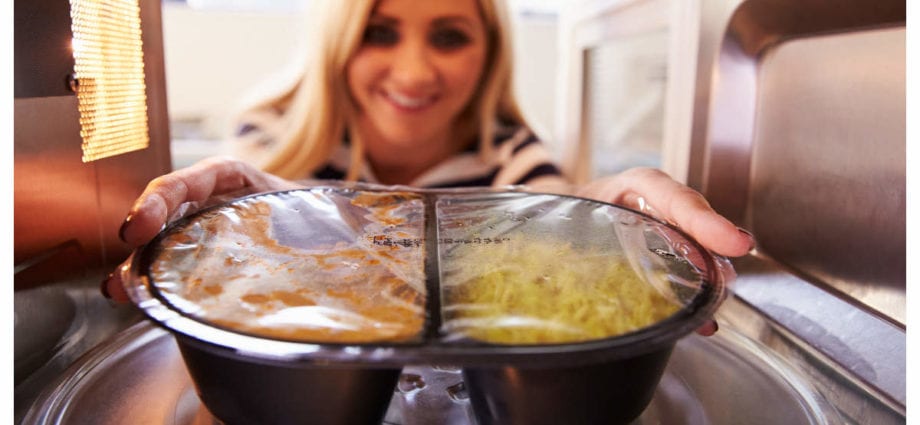The microwave oven was one of the first to appear in home kitchens as an aid in cooking and heating food. With the advent of new gadgets, the microwave has been unfairly married to all sorts of myths about its dangers. What misconceptions should not be believed?
Reduces the amount of nutrients
Opponents of microwave ovens are afraid that powerful waves simply destroy, if not all the benefits of food, then a significant part of them. In fact, any heat treatment of products and heating them to maximum temperatures change the physical properties and chemical composition, and therefore reduce the nutritional value of all products. The microwave does this no more than other cooking methods. And with proper use, some nutrients, on the contrary, will be better preserved.
Provokes oncology
Despite the heated debate around this fact, there is no significant evidence that the microwave oven provokes cancer. The most studied carcinogens that can cause cancer and are formed under the influence of high temperatures in protein foods are heterocyclic aromatic amines (HCA).
So, according to the data, in the chicken, cooked in the microwave, there are much more HCA carcinogens than in the baked or boiled one. But in fish or beef, on the contrary, it is less. At the same time, NSA are not formed in already cooked food and reheated food.
Do not heat plastic
It is believed that under the influence of high temperatures, plastic dishes release carcinogens. They can get into food and cause illness. However, modern plastic dishes are made from safe materials and take into account all the risks and safety rules. It can withstand high temperatures and is designed specifically for microwave cooking. To do this, when buying plastic, pay attention to the special notes – the use of a microwave oven is allowed.
Kills harmful bacteria
Heat treatment certainly does away with some of the harmful bacteria. But they cannot completely get rid of them. And it doesn’t matter with the help of what technique it is done. When heated in a microwave oven, the heat is unevenly distributed. This increases the risk of residual bacteria on the surface of the food.










